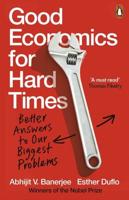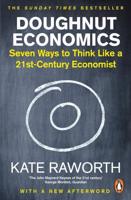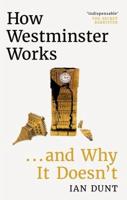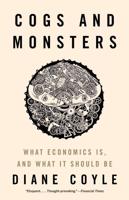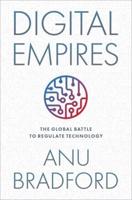Publisher's Synopsis
Written prior to adoption of the Euro, this volume explores the likely impact of monetary union. Some of the best European and American economists use available theories and data, including historical evidence, to look at the operation of monetary and fiscal policy, at the effects of shocks and at the international role of the euro. This book serves as the reference for understanding the early challenges of EMU.
Kenneth Rogoff (Princeton University) discusses the role of the EU in the world′s underground economy, suggesting that it is quite plausible for approximately one–half of euro currency to be held outside the legal domestic economy of Europe, and this is fostered by the plan of issuing large euro denomination notes.
Barry Eichengreen (University of California, Berkeley) and Charles Wyplosz (Graduate Institute of International Studies, University of Geneva) analyze whether a Stability Pact is really needed in order to underpin EMU, provide new evidence on whether the Pact will reduce financial contagion, and assess how much the ceiling on budget deficits will exacerbate normal cyclical recessions.
Antonio Fatés (INSEAD, Fontainebleau) examines the correlation and persistence of shocks, and their implications for potential fiscal flows within EMU. He argues that the benefits that a European–wide fiscal federation would add to the output smoothing that individual countries can achieve via their own fiscal policy do not compensate the costs associated with its implementation.
Rudiger Dornbusch (MIT), Carlo Favero (IGIER, Universita Bocconi) and Francesco Giavazzi (IGIER, Universita Bocconi) challenge previous estimates of asymmetries in monetary transmission across potential EMU members, relate their new estimates of asymmetry to differences in financial structure, and discuss implications for a common monetary policy in EMU.
Richard Portes (London Business School) and Hélène Rey (Centre for Economic Performance, LSE) examine whether the euro will displace the US dollar as the world′s leading currency. Looking at synergies between financial and foreign exchange markets, they conclude that the most likely ultimate outcome is a bipolar world, where the euro and the dollar share leadership.
Marc Flandreau (OFCE, Paris), Jacques Le Cacheux (OFCE, Paris) and Frédéric Zumer (Service d′Étude de l′Activitie Economique, Paris) ask if there are lessons to be learnt from the Gold Standard period when all currencies were ′permanently′ tied to gold, yet there were no policy rules similar to the Stability Pact. They find that numerous countries at the periphery of Europe were forced to suspend convertibility in the wake of serious public debt build–ups in the mid–1890s, but that once they re–entered, fiscal discipline was strictly enforced.
Maurice Obstfeld and Giovanni Peri (both at University of California, Berkeley) use regional data to document how slowly regions within European countries respond to shocks, discuss consequent pressures for fiscal transfers, and assess the extent to which EMU exacerbates these problems.

